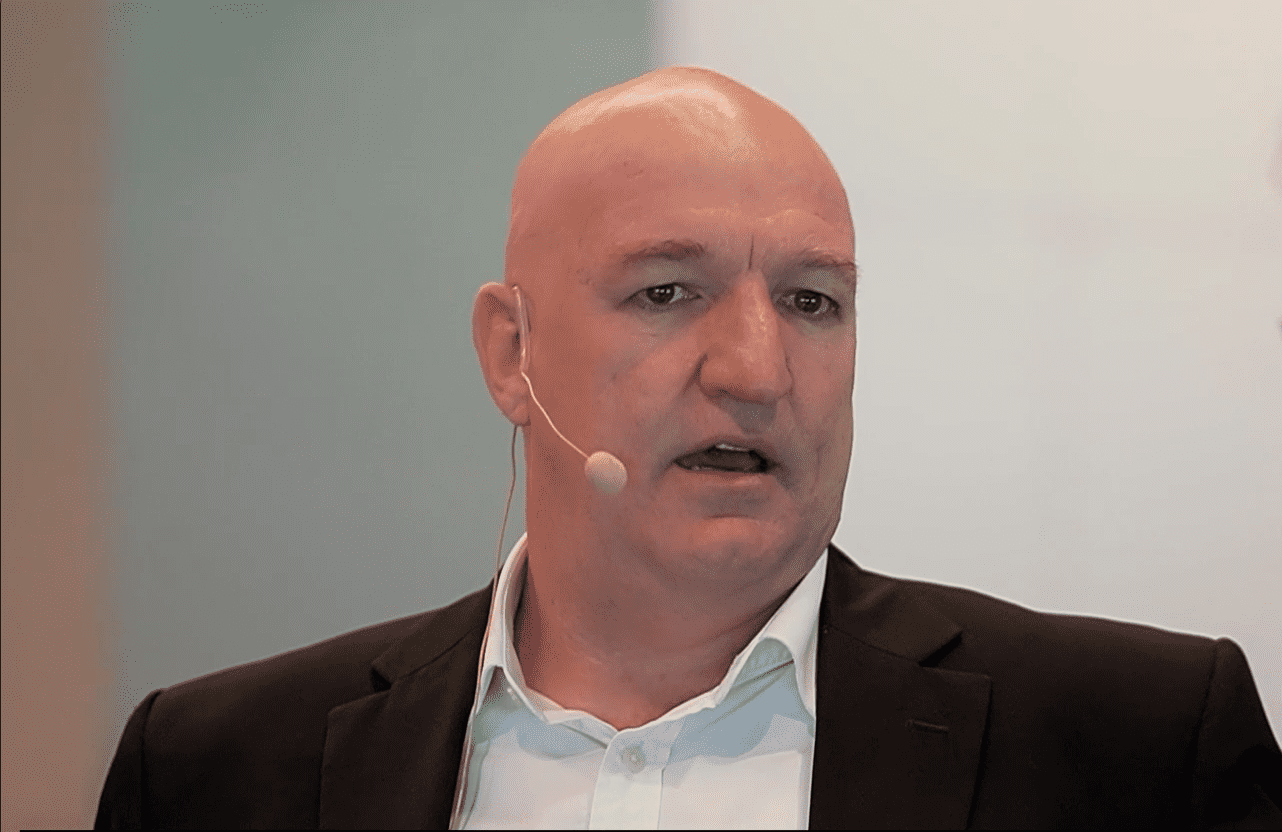By now the decline in iron ore pricing and sentiment has well and truly reverberated around global markets, with an increasingly short term mindset prevailing among investors in the sector.
While it is sensible for the price of iron mining companies to reflect the price of iron ore, I can only describe the recent surge in the value of Australia's iron miners as entirely speculative.
Sure, the price for iron ore has jumped to $84 from $79.
Will companies actually make any more money from the price rise?
Not necessarily.
Speculators in the sector are effectively gambling on the possibility that the price of iron ore has hit bottom and is recovering, encouraged by recent price spikes and similar rebound behaviour last year.
They could be right, but equally they could be wrong.
The main problem with this kind of trading is that it is based on very shaky assumptions.
A three-day leap in the price of iron ore means absolutely nothing in the context of a company producing dozens of shipments and millions of tonnes of ore per annum.
In fact due to the varied nature of contracts, pricing and timing of shipments, iron ore companies may not even see a change in their realised prices from the jump in the value of the commodity.
Here's a brief summary of iron ore companies since Friday:
Rio Tinto Limited (ASX: RIO) – up 5.8%
BHP Billiton Limited (ASX: BHP) – up 4.5%
BC Iron Limited (ASX: BCI) – up 8.6%
Mount Gibson Iron Limited (ASX: MGX) – up 12.4%
Atlas Iron Limited (ASX: AGO) – up 11.8%
When commodity prices change the market essentially creates a self-fulfilling prophecy because everyone – especially traders – thinks that share prices should shift accordingly, so they buy into the companies and inevitably, the share price rises in the short term.
That's not investing.
Buying a company with competitive and market-beating advantages and holding it while its strategy plays out – for years if necessary – is investing.
If you were investing in the iron ore sector, you would think very strongly about a purchase of Rio Tinto or BHP Billiton since these two companies have extremely low cost assets and high volumes that can maintain profitability and also potentially push smaller players out of the market.
They're aggressively growing their volumes and cutting prices in order to do just that, and considering they are two of the world's top three biggest iron ore miners, BHP and Rio hold a lot of pricing power.
Such a strategy does not pay off overnight however, and it will be several years before the full impact of cost cutting and rising production among the major miners takes effect.
Growing your wealth takes time and patience, while speculative trading puts you at risk of losing a lot more than the prospect of a comfortable retirement.
Leave gambling to the gamblers, and instead focus on investing in quality companies with great management and solid competitive advantages.
You can learn more about how to maximise the effectiveness of your investments by reading The Motley Fool's free '10 Step guide to making $1 million in the market' below.
Just enter your email address in the link below and we'll send it to you, completely FREE!








